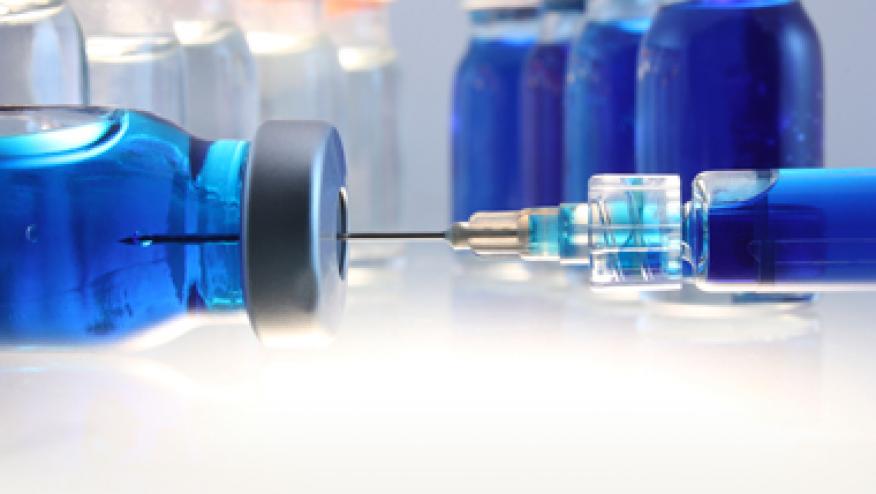High Dose Anakinra Effective in COVID-19 Save

Anakinra was studied in 29 COVID(+) patients with respiratory distress and high inflammatory markers (CRP or ferritin) and compared to non-anakinra patients, those on anakinra had better survival (90% vs. 56% ;p=0·009) and greater improvements in CRP and pulmonary function (72% vs 50%) compared to controls at day 21.
Mortality of patients with coronavirus disease 2019 (COVID-19), acute respiratory distress syndrome (ARDS), and systemic inflammation is high. In areas of pandemic outbreak, the number of patients can exceed maximum capacity of intensive care units (ICUs), and, thus, these individuals often receive non-invasive ventilation outside of the ICU. Effective treatments for this population are needed urgently
Anakinra, a recombinant interleukin-1 receptor antagonist, has been considered to be potentially beneficial in the hyperinflammatory stages of the COVID-19 infection. A retrospective cohort study in Milan, Italy, looked at their adult COVID patients with moderate-to-severe ARDS, and hyperinflammation (defined as serum C-reactive protein ≥100 mg/L, ferritin ≥900 ng/mL, or both) and were managed outside of the ICU. They treated 29 consecutive patients with anakinra 100 mg twice a day subcutaneously (or 5 mg/kg twice a day intravenously) and were also receiving background therapy with hydroxychloroquine 400 mg a day orally and 400 mg lopinavir with 100 mg ritonavir twice a day orally. (Another seven patients received low-dose subcutaneous anakinra in addition to non-invasive ventilation and standard treatment; however, anakinra treatment was interrupted after 7 days because of a lack of effect on serum C-reactive protein and clinical status - these were not included in the results below).
The primary outcomes were survival, mechanical ventilation-free survival, changes in C-reactive protein, and respiratory function assessed at 21 days. Anakinra patients were compared to a retrospective cohort of patients who did not receive anakinra (standard treatment group).
Between March 17 and March 27, 2020, 29 patients received high-dose intravenous anakinra, non-invasive ventilation, and standard treatment. Between March 10 and March 17, 2020, 16 patients received non-invasive ventilation and standard treatment only.
Most (>80%) of the patients were male with a mean age over 60 years (62-70 yrs) and mean baseline CRP levels 164-188 mg/L and ferritin levels 1237-2218 mg/ml. All patients were hospitalised, requiring non-invasive mechanical ventilation and/or high-flow supplemental oxygen.
Day 21 outcomes are shown in the table below
| High Dose Anakinra | Standard Rx | |
| Improved CRP & Respiratory function | 72% | 50% |
| Mechanical ventilation | 17% | 6% |
| Discharged | 45% | 44% |
| Deaths* | 10% | 44% |
* P value 0·009
Infections (bacteraemia) were similar in both groups ((14% vs 13%).
The authors note that these results are preliminary, retrospective and poorly controlled. Nonetheless they claim "IL-1 blockade with high-dose intravenous anakinra deserves consideration among anti-inflammatory treatments for COVID-19".










If you are a health practitioner, you may Login/Register to comment.
Due to the nature of these comment forums, only health practitioners are allowed to comment at this time.